In the mysterious realm of nocturnal predators, owls stand out not just for their haunting calls and silent flight, but for an extraordinary physical ability that few know about: their remarkable neck flexibility. While most birds can rotate their heads to some degree, certain owl species possess an almost supernatural ability to twist their heads, sometimes appearing to turn them completely backward. This adaptation, evolved over millions of years, allows these silent hunters to overcome their fixed eye position and maintain vigilant awareness of their surroundings without moving their bodies. From dense forests to open grasslands, these masters of rotation demonstrate one of nature’s most impressive anatomical feats. Let’s explore five owl species that showcase this jaw-dropping flexibility to the extreme, examining how this adaptation helps them survive and thrive in their respective environments.
The Anatomical Marvel Behind Owl Neck Rotation
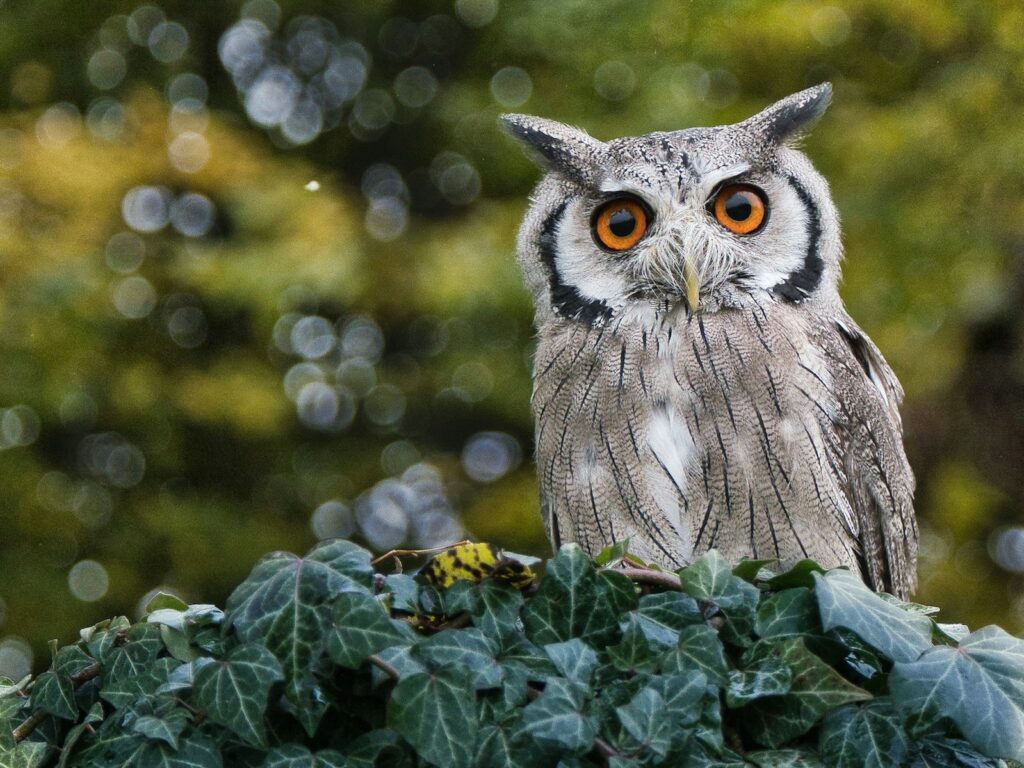
Unlike humans, who would suffer severe spinal cord damage or fatal arterial injuries from attempting extreme head rotations, owls possess a specialized skeletal and vascular structure that enables their remarkable flexibility. The owl’s neck contains fourteen cervical vertebrae—nearly twice the number humans have—creating a neck that functions almost like a ball-and-socket joint. These vertebrae have adapted with special cavities that house large blood vessels, preventing them from stretching or tearing during extreme rotations. Additionally, owls have evolved a network of small arteries that form a blood-pooling system at the base of the head, ensuring the brain continues receiving oxygenated blood even during dramatic twists. This intricate biological engineering allows certain owl species to rotate their heads up to 270 degrees in either direction—a full three-quarters of a circle—without causing themselves harm.
The Great Horned Owl: North America’s Flexible Hunter
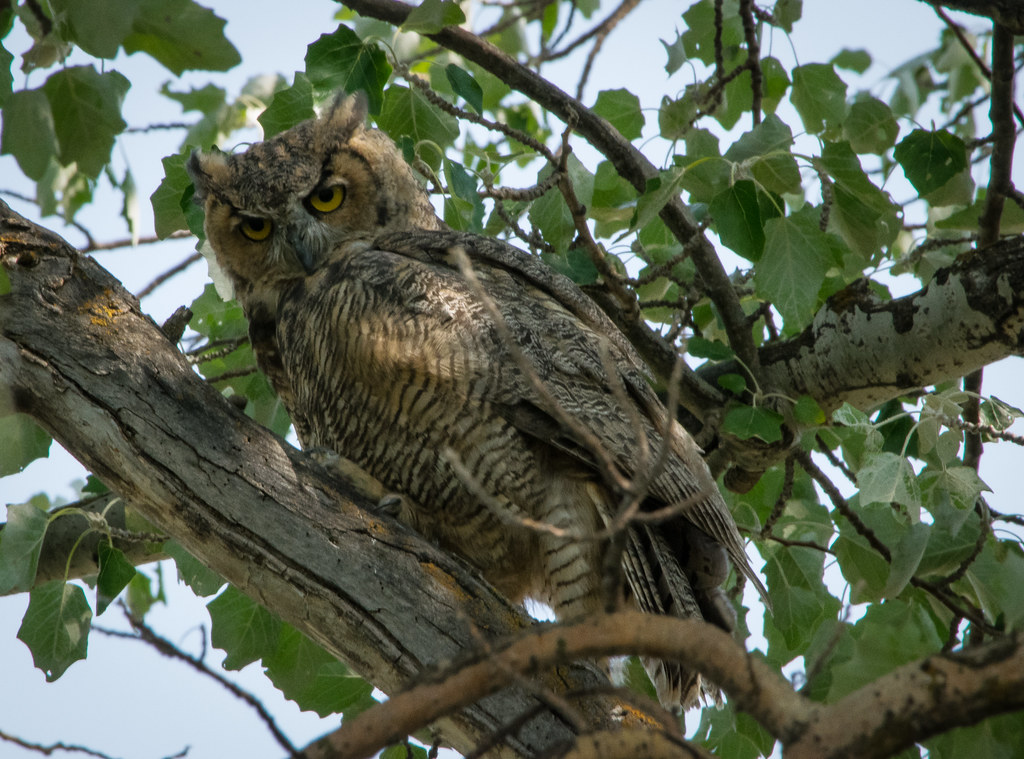
The Great Horned Owl (Bubo virginianus), with its distinctive ear tufts and fierce yellow eyes, stands as one of North America’s most proficient neck-twisters. This powerful predator can rotate its head approximately 180 degrees in either direction, giving it an effective visual field of nearly 360 degrees without moving its body. This adaptation proves crucial for these stationary hunters, who typically perch motionless while scanning vast territories for prey. Their neck flexibility compensates for fixed, forward-facing eyes that cannot move independently in their sockets. Researchers have observed Great Horned Owls maintaining these extreme head positions for extended periods while tracking potential prey, demonstrating not just flexibility but remarkable muscular endurance in their neck structure.
The Barn Owl: Champion of Nocturnal Neck Rotation

The Barn Owl (Tyto alba), instantly recognizable by its heart-shaped facial disc and ghostly appearance, demonstrates some of the most impressive neck rotation capabilities in the owl family. These widespread owls can twist their heads a full 270 degrees from the forward-facing position, allowing them to look directly behind themselves without moving their bodies. This extraordinary flexibility complements their specialized hearing system, which features asymmetrically placed ear openings that help triangulate the precise location of prey. When a Barn Owl detects a sound of interest, it can instantly rotate its head to the exact position needed to align its facial disc—which functions as a sound-gathering dish—toward the potential meal. This combination of auditory precision and neck flexibility makes Barn Owls among the most efficient nocturnal hunters, capable of capturing prey in complete darkness relying solely on sound.
The Snowy Owl: Arctic Flexibility in Harsh Conditions
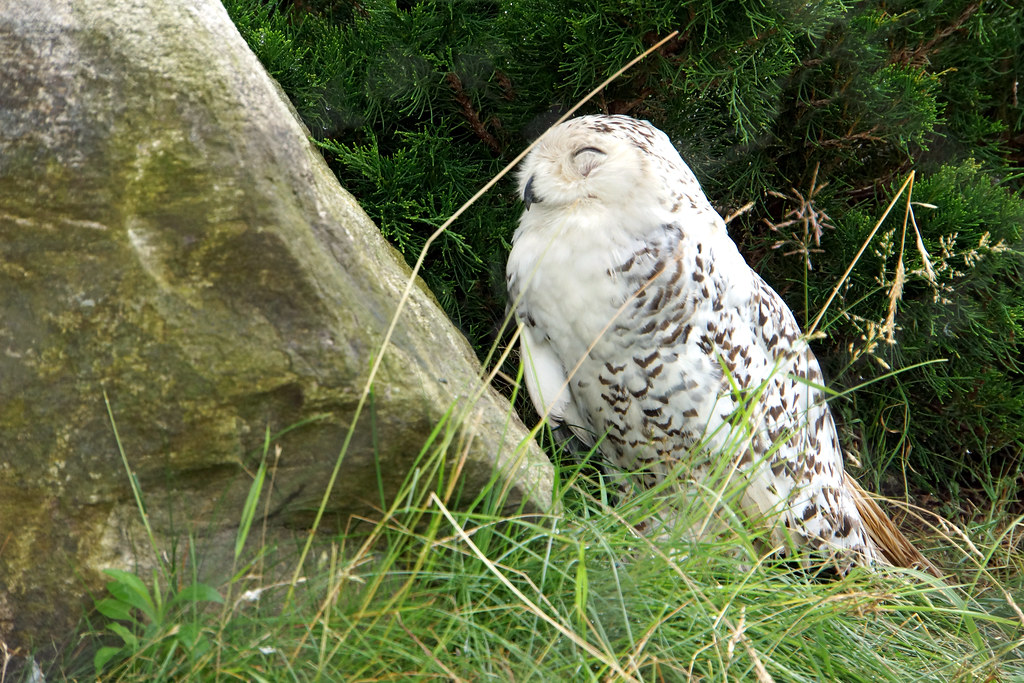
The majestic Snowy Owl (Bubo scandiacus), draped in white plumage with scattered dark markings, brings its impressive neck rotation abilities to the harsh Arctic tundra where it typically makes its home. These large, diurnal owls can rotate their heads approximately 270 degrees, allowing them to maintain constant vigilance across the open, predator-filled landscapes they inhabit. The Snowy Owl’s head-turning capability becomes particularly valuable during breeding season when protecting vulnerable nest sites from arctic foxes and other threats approaching from any direction. Their remarkable flexibility also aids in hunting lemmings and other small mammals that constitute the bulk of their diet, enabling precise tracking without betraying their position through body movement. This adaptation proves especially valuable during the extended daylight hours of Arctic summers, when these primarily nocturnal hunters must adapt to hunting in full daylight.
The Eastern Screech Owl: Small Size, Big Rotation
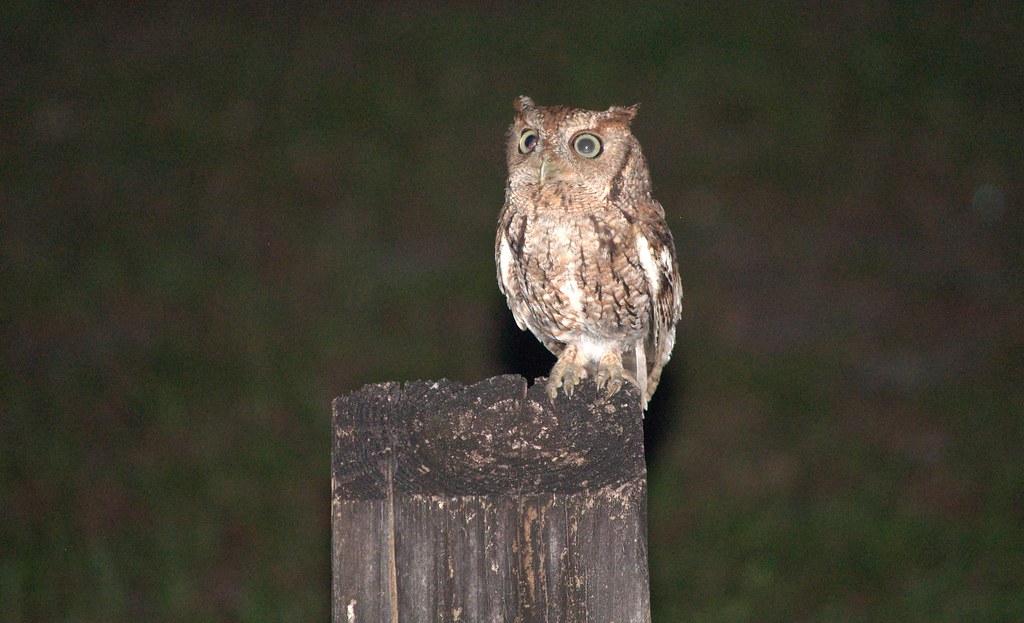
The diminutive Eastern Screech Owl (Megascops asio), standing barely 8-10 inches tall, demonstrates that extraordinary neck flexibility isn’t limited to larger owl species. These small, woodland owls possess the ability to rotate their heads approximately 270 degrees, an impressive feat considering their compact size. This extreme mobility compensates for their fixed eye position and helps them detect predators that might approach their tree cavity homes. Eastern Screech Owls often use their remarkable neck rotation in conjunction with a defensive posture called the “elongation display,” where they stretch vertically, slim their body profile, and rotate their head to follow potential threats while remaining otherwise motionless. Their flexible neck also facilitates hunting in dense forest environments, allowing them to track prey moving through complex, three-dimensional spaces without revealing their position through body movements.
The Northern Hawk Owl: Daytime Hunter With 270-Degree Vision
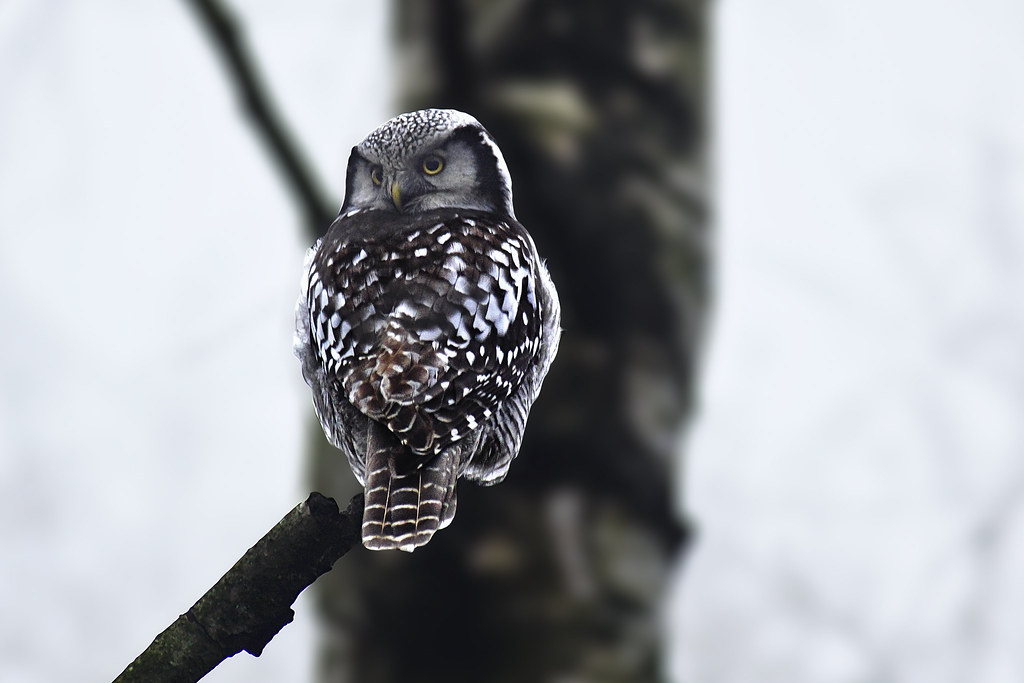
The Northern Hawk Owl (Surnia ulula) combines hawk-like hunting behavior with the extraordinary neck flexibility characteristic of true owls. Unlike many owl species, these boreal forest dwellers often hunt during daylight hours, utilizing their ability to rotate their heads up to 270 degrees to track fast-moving prey across open landscapes. This remarkable neck mobility proves essential to their hunting strategy, which involves perching conspicuously on treetops while scanning vast areas for small mammals. The Northern Hawk Owl’s neck flexibility works in concert with its exceptional distance vision, allowing it to spot prey up to half a mile away and then maintain visual contact through precise head rotations as the target moves. This adaptation helps explain why these owls can successfully hunt during daylight when most owl species would be at a disadvantage.
The Evolutionary Advantage of Extreme Neck Rotation
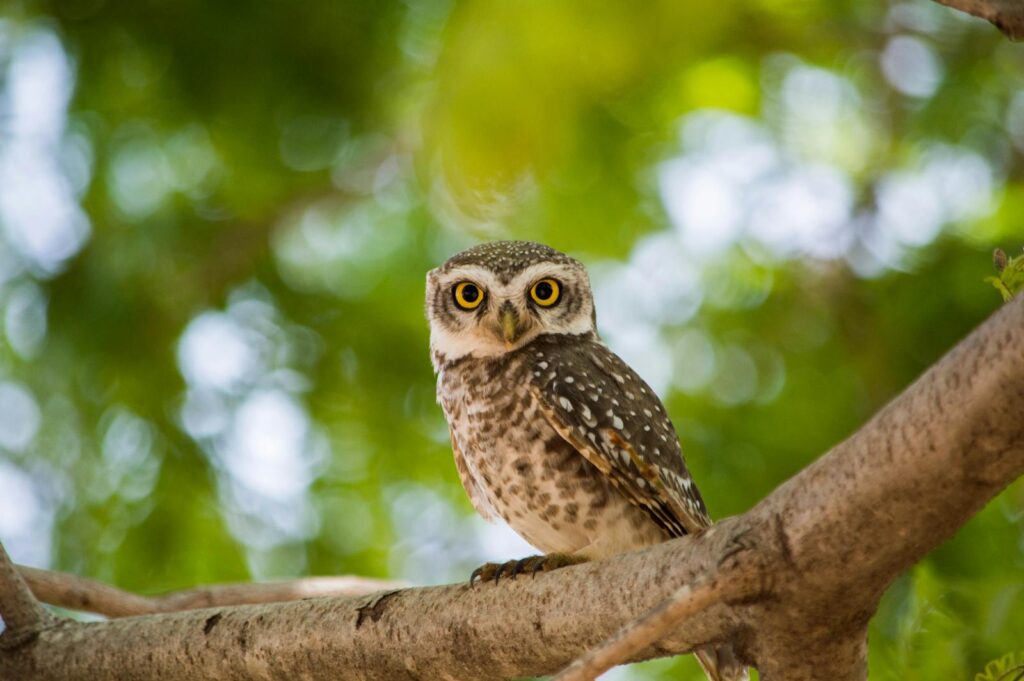
The extraordinary neck flexibility of owls represents a brilliant evolutionary solution to a significant visual limitation: fixed, forward-facing eyes. Unlike humans, owls cannot move their eyes within their sockets, meaning they must move their entire head to change their visual focus. This limitation might have proved fatal if not for the parallel evolution of exceptional neck mobility. The extreme rotation capability also complements the owl’s specialized hunting strategy of silent, motionless ambush. By remaining perfectly still except for head movements, owls avoid alerting prey through body motion while maintaining comprehensive awareness of their surroundings. This adaptation has proven so successful that it has been conserved across nearly all 200+ owl species worldwide, though the five highlighted in this article demonstrate the most extreme examples of this evolutionary marvel.
The Biomechanics Behind the Twist
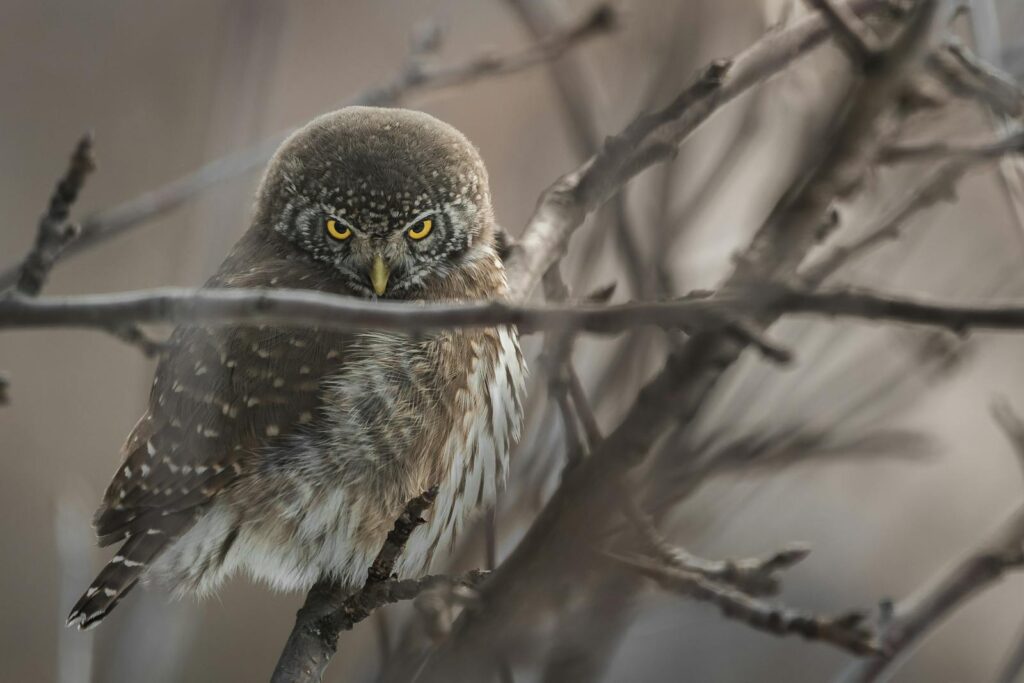
The mechanics enabling an owl’s extraordinary neck rotation involve multiple specialized adaptations working in concert. The fourteen cervical vertebrae (compared to seven in humans) create a flexible column with modified connection points that allow for dramatically increased rotational range. Blood vessels entering the cervical vertebrae pass through small bony channels that are significantly larger than the vessels themselves, preventing compression during extreme rotations. Perhaps most remarkably, owls possess specialized air sacs that connect to their respiratory system throughout the neck region, creating cushioning spaces that protect vessels and nerves during rotation. The vertebral artery, which would normally be vulnerable during extreme twisting, makes a detour in owls, entering the cervical vertebrae at the 12th vertebra rather than the 6th as in most birds, providing crucial additional slack for extreme rotations.
Observing Neck Rotation in Wild Owls
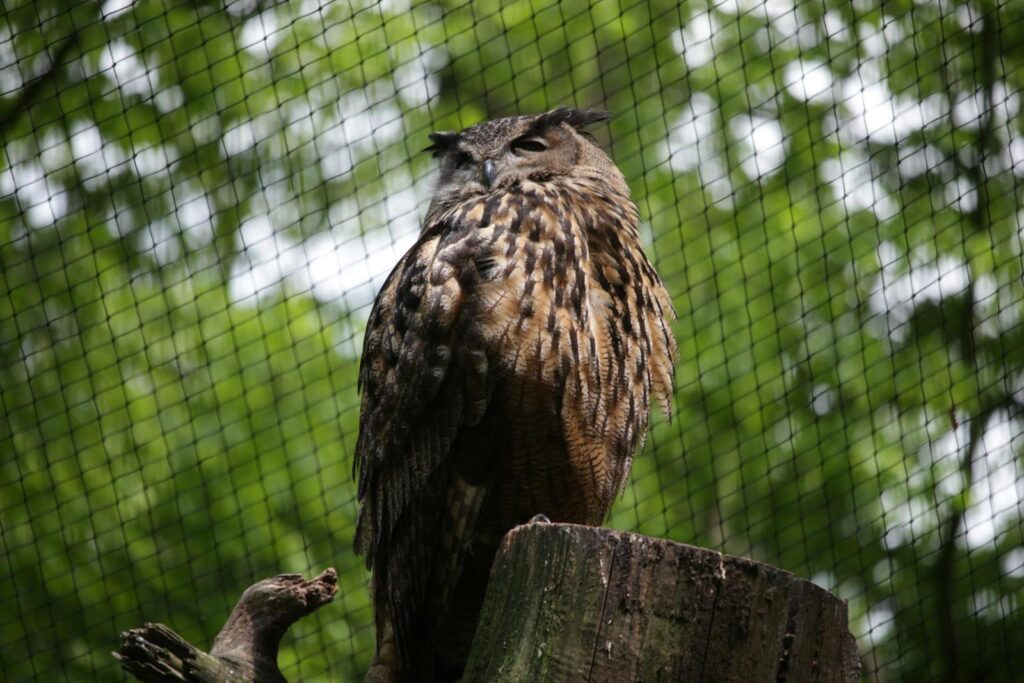
Witnessing an owl’s extraordinary neck flexibility in the wild provides one of nature’s most memorable spectacles. Careful observers might notice that owls typically rotate their heads in a distinctive two-phase motion: a rapid initial turn followed by a slower, more precise adjustment to fine-tune their gaze. This head-turning behavior becomes most prominent during hunting, when owls track moving prey, or during territorial surveillance, when they monitor potential threats or intruders. Wildlife photographers often capture these dramatic head rotations when an owl, initially facing away, hears the camera shutter and swivels its head completely around to investigate the sound. Bird watchers seeking to observe this behavior should maintain a respectful distance and patience, as sudden movements might cause the owl to fly rather than display its rotational prowess.
Comparing Owl Flexibility to Other Birds
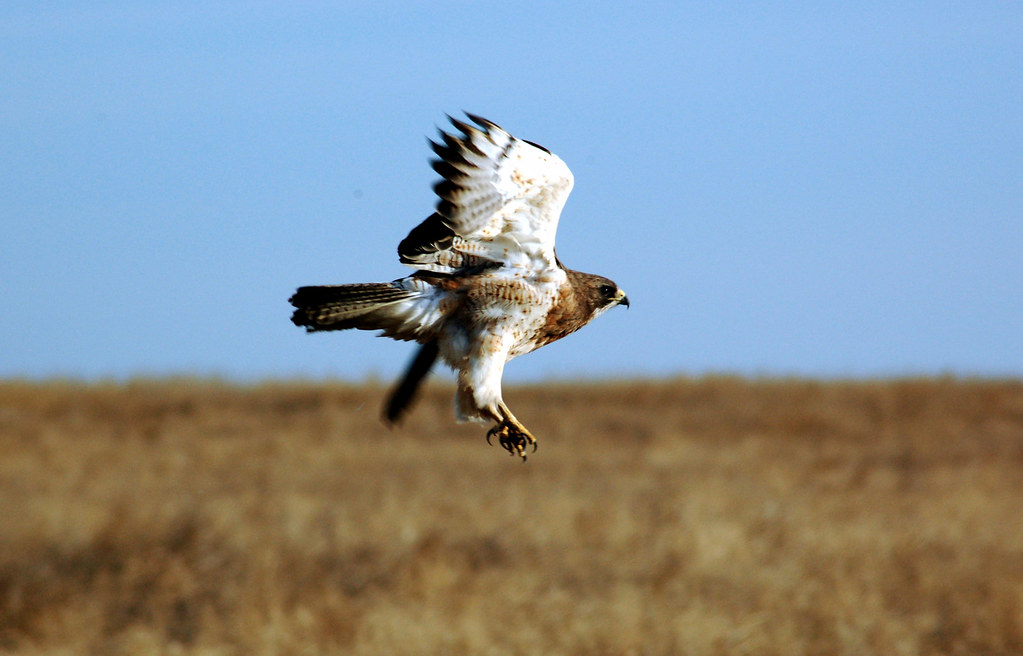
While owls stand as the undisputed champions of avian neck rotation, they aren’t the only birds with impressive flexibility. Most bird species can rotate their heads approximately 180 degrees, but this pales in comparison to the 270-degree rotation achieved by the owl species highlighted in this article. Hawks and eagles, despite their keen vision, typically achieve only about 180 degrees of rotation. The long-necked birds like herons and storks can curve their necks into dramatic S-shapes but lack the rotational range of owls. Perhaps the closest competitors are certain species of woodpeckers, which can rotate their heads approximately 180-220 degrees when climbing trees and searching for insects. This comparative advantage in neck flexibility represents just one of many specialized adaptations that have made owls such successful nocturnal predators across diverse ecosystems worldwide.
Myths and Misconceptions About Owl Head Rotation
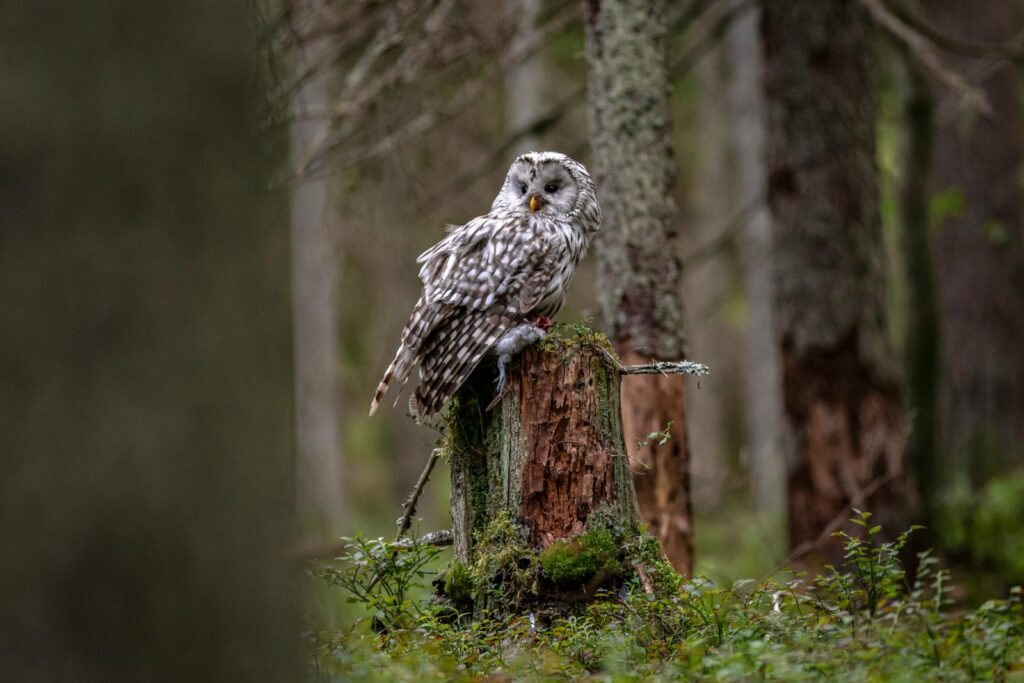
Despite their remarkable abilities, several persistent myths about owl neck rotation require correction. The most common misconception is that owls can rotate their heads a full 360 degrees, which is physiologically impossible even with their specialized adaptations. In reality, the maximum rotation documented in any owl species is approximately 270 degrees from the forward-facing position. Another misconception involves the direction of rotation—owls cannot continuously rotate their heads in one direction like an owl character in a cartoon might suggest. Instead, they must rotate back in the opposite direction after reaching their maximum twist. Some folklore traditions have attributed supernatural significance to the owl’s head-turning ability, suggesting connections to spirits or omens, when in fact this adaptation represents a fascinating but entirely natural evolutionary solution to the challenge of fixed eye position.
Conservation Challenges Facing Flexible-Necked Owls
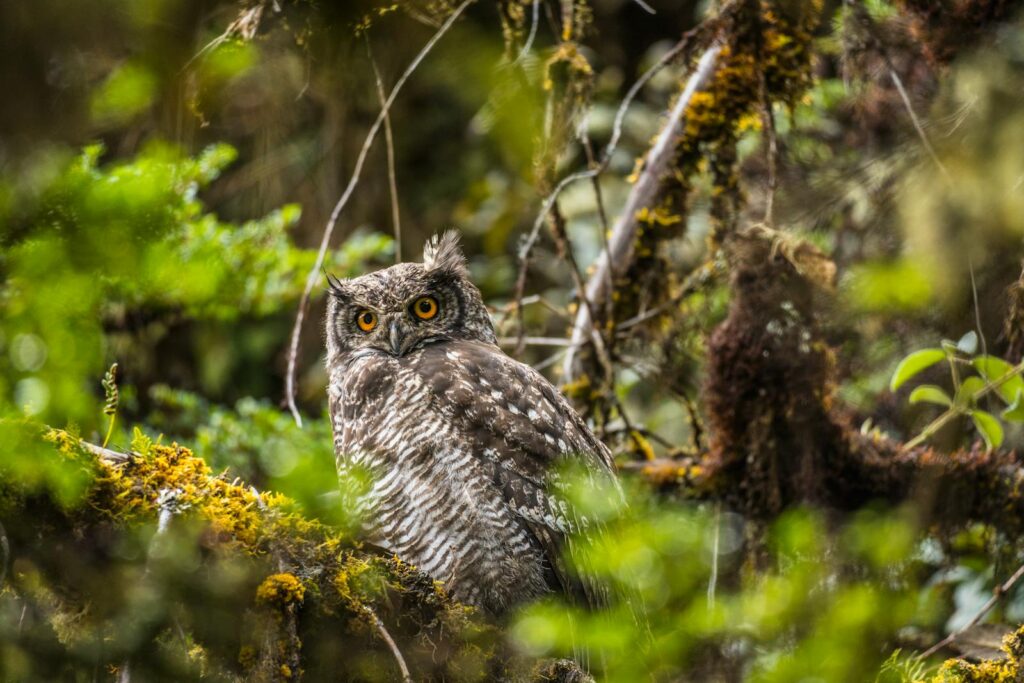
Despite their remarkable adaptations, many of the owl species highlighted for their extreme neck flexibility face significant conservation challenges in the modern world. Habitat loss presents perhaps the greatest threat, with old-growth forests that provide crucial nesting sites for Great Horned and Eastern Screech Owls disappearing at alarming rates. Barn Owls suffer from the conversion of agricultural lands to intensive monocultures and the loss of traditional barns and other structures that provided nesting sites for centuries. Climate change particularly threatens Snowy Owls, whose Arctic habitat is warming at more than twice the global average rate, disrupting their prey cycles and breeding patterns. Northern Hawk Owls face similar challenges as boreal forest ecosystems shift northward faster than the birds can adapt. Conservation efforts focusing on habitat preservation, installation of nesting boxes, and public education about these remarkable birds remain essential to ensuring future generations can witness their extraordinary neck flexibility in the wild.
Conclusion: The Enduring Wonder of Owl Flexibility
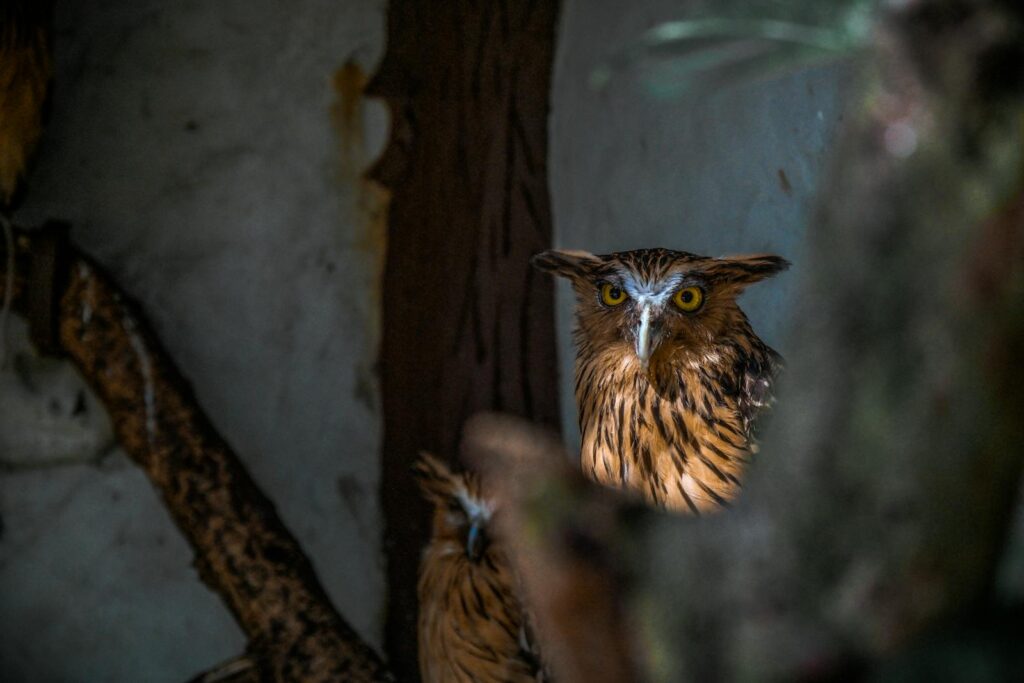
The remarkable neck flexibility demonstrated by these five owl species represents one of nature’s most elegant anatomical adaptations. This extraordinary ability to rotate their heads up to 270 degrees has enabled owls to become supremely effective hunters despite the limitation of fixed eyes, allowing them to thrive across diverse ecosystems worldwide. From the tiny Eastern Screech Owl to the majestic Snowy Owl, these masters of rotation remind us of nature’s ingenious solutions to evolutionary challenges. As we continue to study and appreciate these remarkable birds, their jaw-dropping flexibility serves as both a source of wonder and a testament to the power of natural selection to produce seemingly impossible biological feats. Through conservation efforts and continued research, we can ensure that future generations will have the opportunity to look up into the trees or across the tundra and witness an owl performing its remarkable rotational prowess—a timeless display of nature’s boundless creativity.
